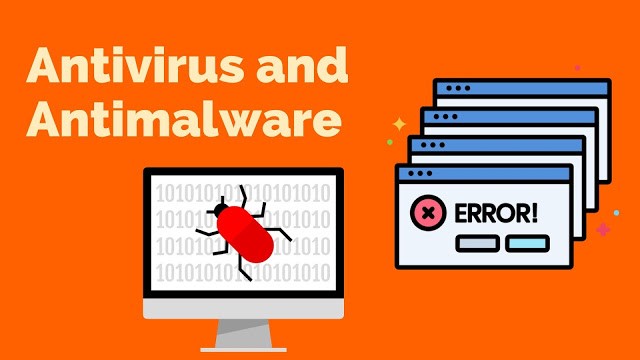How to Defend Against Cyber Threats: Mastering Anti-Malware Solutions
In the digital age, the prevalence of cyber threats necessitates a robust defense strategy. Mastering anti-malware solutions is a key aspect of safeguarding your digital assets against a myriad of cyber threats. By implementing effective strategies and utilizing advanced anti-malware tools, you can fortify your defenses and mitigate potential risks. Here’s a detailed guide to mastering anti-malware solutions:
Step 1: Understand the Threat Landscape
- Educate yourself: Stay updated on the latest cyber threats and understand the types of malware prevalent in the current landscape. Be aware of evolving tactics used by cybercriminals to infiltrate systems.
- Assess Potential Risks: Evaluate the specific risks your system might face based on its usage, industry, and vulnerabilities. Tailor your defense strategies accordingly.
Step 2: Choose Comprehensive Anti-Malware Solutions
- Research and Analysis: Conduct thorough research to identify anti-malware software with a track record of effectively combating diverse threats. Look for solutions offering real-time protection, heuristic analysis, and regular updates.
- Compatibility and Integration: Ensure the selected anti-malware solution integrates seamlessly with your existing security infrastructure and supports the operating systems and devices used within your network.
Step 3: Implement Multi-Layered Defense
- Real-Time Protection: Enable the real-time scanning and protection features offered by the anti-malware software. This ensures immediate detection and mitigation of threats as they arise.
- Heuristic Analysis: Leverage heuristic analysis capabilities to detect previously unknown threats by analyzing behavioral patterns, thus enhancing your defense against zero-day attacks.
Step 4: Regular Updates and Maintenance
- Frequent Updates: Ensure the anti-malware software is updated regularly with the latest malware definitions and security patches. Outdated software is more susceptible to newer threats.
- Scheduled Scans: Set up scheduled scans to routinely check your system for malware. Perform comprehensive scans during off-peak hours to minimize disruption.
Step 5: Secure Online Practices
- Vigilant Browsing: Train users to practice safe browsing habits. Discourage clicking on suspicious links or downloading files from unknown sources to minimize the risk of malware infiltration.
- Email Security Measures: Implement robust email security measures, including spam filters and email authentication protocols, to prevent phishing attacks and malware-laden attachments.
Step 6: Backup and Disaster Recovery Planning
- Regular Backups: Establish a regular backup routine for critical data and systems. Ensure backups are stored securely and are easily accessible for recovery in case of a malware attack.
- Disaster Recovery Plans: Develop comprehensive disaster recovery plans outlining steps to restore systems and data in the event of a successful malware attack.
Step 7: Continuous Monitoring and Response
- Proactive Monitoring: Continuously monitor network traffic and system logs for any signs of suspicious activities. Implement intrusion detection systems to detect and respond to potential threats promptly.
- Incident Response Plan: Develop a detailed incident response plan outlining steps to contain and mitigate the impact of a malware attack. Define roles and responsibilities for swift action.
Mastering anti-malware solutions involves a holistic approach encompassing proactive defense measures, continuous monitoring, user education, and robust incident response plans. By implementing these steps diligently and leveraging advanced anti-malware technologies, you can significantly enhance your defense against cyber threats and safeguard your digital assets.
